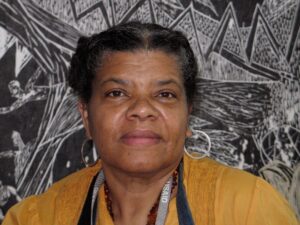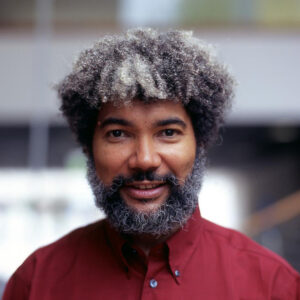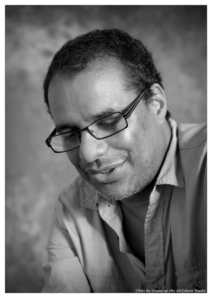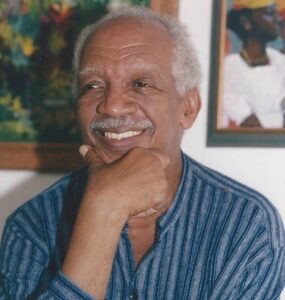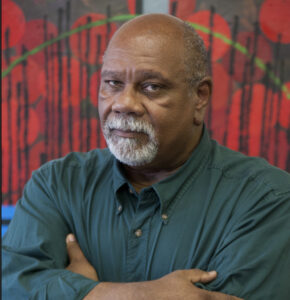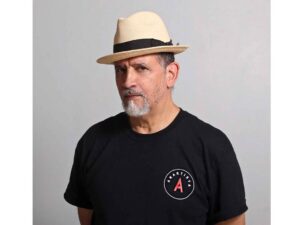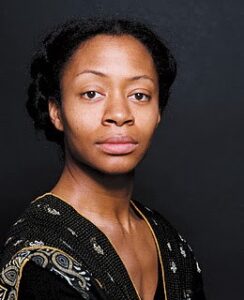Leroy Clarke

LeRoy Clarke was born in Belmont, Port of Spain, and is considered to be one of Trinidad & Tobago’s finest contemporary artists. Clarke himself states in no unclear manner that he paints for enlightenment, to bring people closer and that he paints with an intention for revolution. He also describes his as being ‘obeah’, a deliberate evocation of untainted African energy and spirituality, both erased from modern consciousness. His paintings are intended as destroyers of the enemies of humanity, particularly African humanity. His work explores the symbol of Douens, who were the sad playful characters of Trinidad and Tobago folklore. He saw these as a symbol of ‘the plight of third world peoples under the tutelage of conquerors.’ This idea is central to his work. He looked at the image of them as powerful, a radical way of relating old and familiar insights and image to the turbulent politics of the late 20th century Caribbean.
